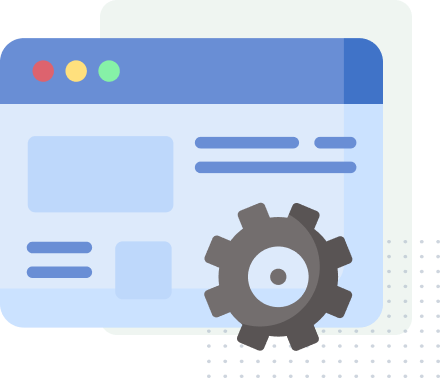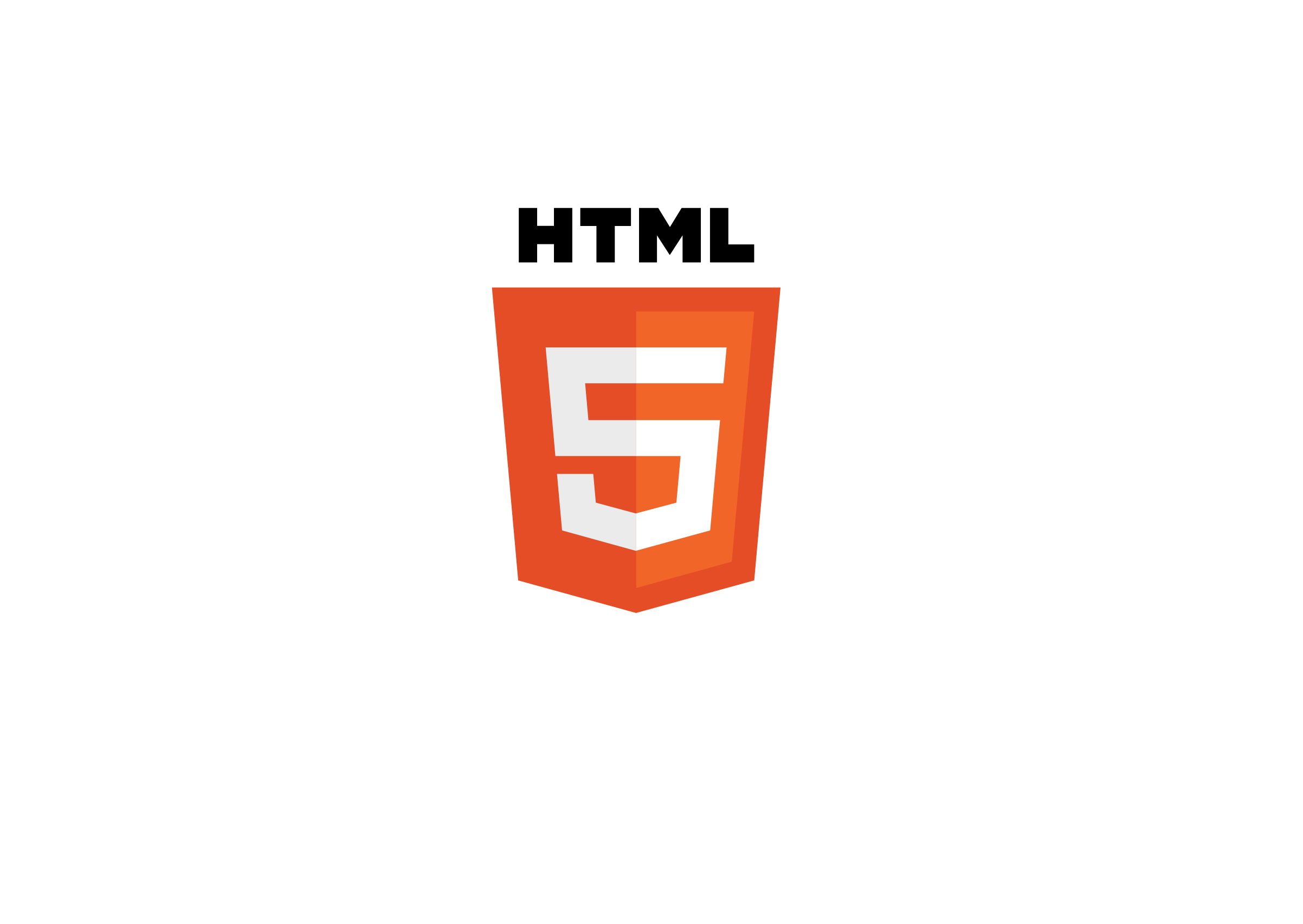

HTML is a good choice for web development due to its widespread adoption, simplicity, compatibility with other technologies, accessibility features, SEO-friendliness, scalability, and availability of resources. It empowers you to create well-structured and accessible web content while providing a solid foundation for building dynamic and interactive web applications.
Python is very easy to read. Also python is powerful. As Django is implemented in python it provides vast support in backend while compromising nothing in frontend.
Django Python is developed for web developers to solve the common issues and problems that developers come across with. Django Python comes with a lot of functionality. Due to the Django framework, developers get to enjoy the fun part of developing.
Django uses the MTV architecture which makes the whole system of transmitting over the internet easier and faster. Django servers handle things pretty well and also maintain the speed.
There are very few possibilities of security loopholes in Django as it is made by the world's best developers. Also in the user authentication system the security is very high.
The Django framework is developed in a way that it takes care of any kind of hardware applications.


HTML, which stands for Hypertext Markup Language, is a foundational language used for creating and structuring webpages on the internet. There are several reasons why HTML is widely used: Structure and Semantics HTML provides a structured way to organize content on a webpage. It uses various tags to define different elements such as headings, paragraphs, lists, images, and links. This structure helps browsers and search engines understand the content and display it correctly. Cross-platform Compatibility HTML is a universal language that can be interpreted by any web browser, regardless of the operating system or device. This allows webpages to be accessed and viewed consistently across different platforms, including desktops, laptops, tablets, and mobile devices. Accessibility HTML supports accessibility features, allowing developers to create webpages that are usable by people with disabilities. Semantic HTML elements like headings, lists, and alternative text for images can be used to provide context and improve screen reader compatibility. Integration with Other Technologies HTML seamlessly integrates with other web technologies such as CSS (Cascading Style Sheets) for styling and JavaScript for adding interactivity. These three technologies (HTML, CSS, and JavaScript) form the core building blocks of modern web development. Easy to Learn and Use HTML has a straightforward syntax with a relatively small number of tags, making it accessible to beginners. It is a markup language based on tags and attributes, which are easy to understand and implement. Extensibility HTML is constantly evolving and allows for the inclusion of new features and elements through the use of different specifications, such as HTML5. This enables developers to create richer and more interactive web experiences.